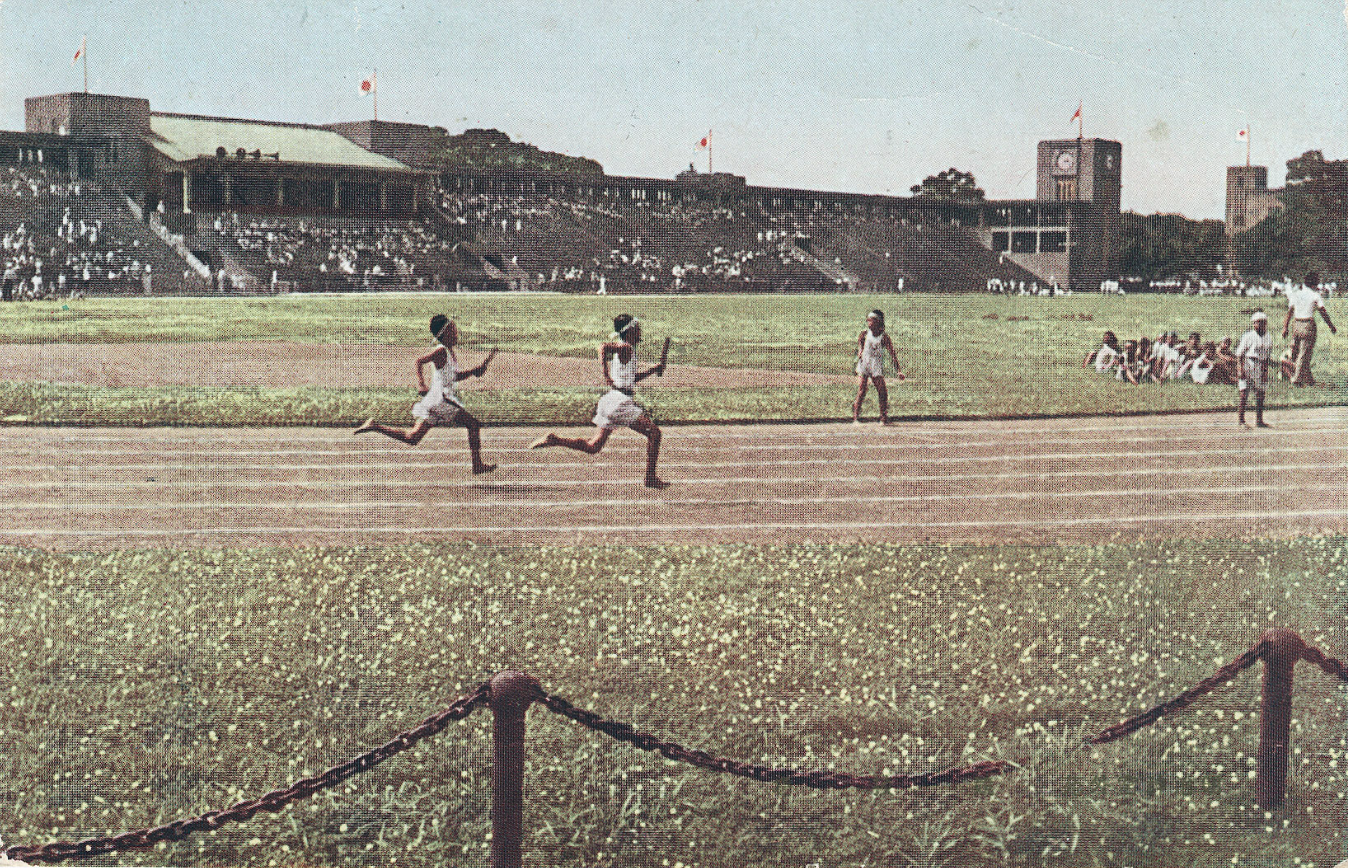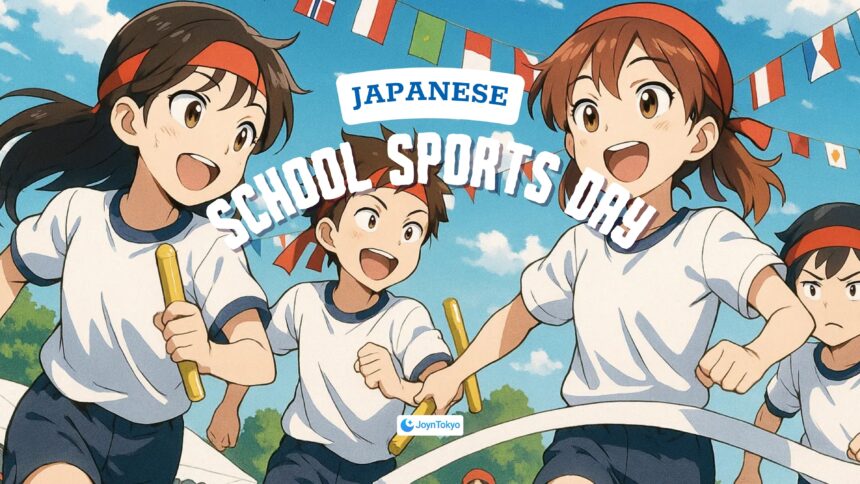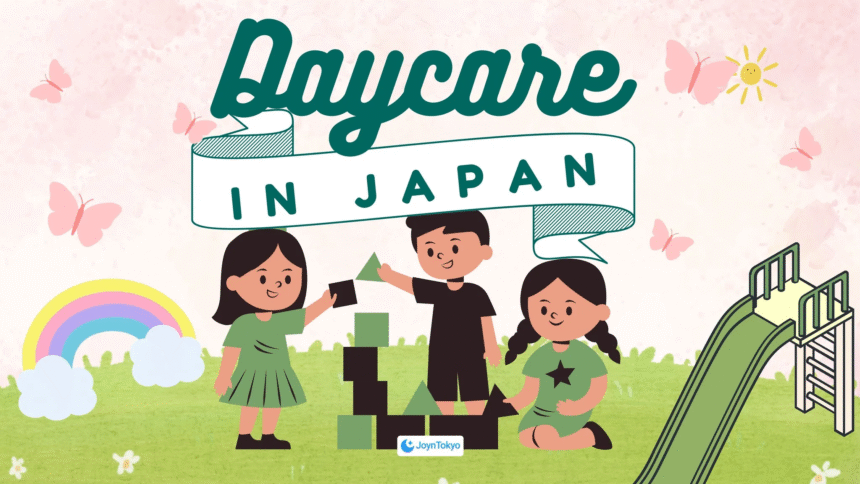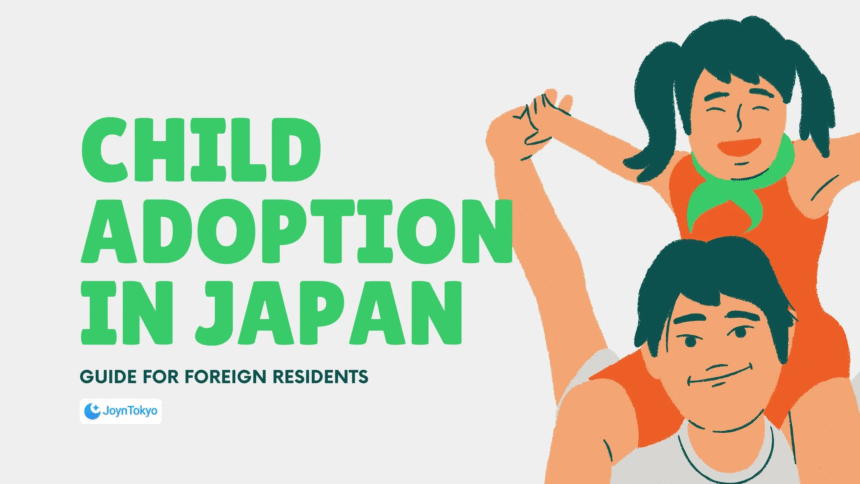Every spring or autumn, schoolyards across Japan burst into colour and cheers for Undokai (運動会), commonly translated as Sports Day. Far more than a PE class on steroids, Undokai is a community festival that blends athletics, dance, music and family bonding. If you are a foreign resident, knowing how the day unfolds will help you enjoy it as much as your child.
What Makes Undokai Special?

Undokai revolves around team points, not individual medals. Pupils are divided into color teams — traditionally Red and White — and spend the day earning collective scores through races, relays and group challenges. This format ensures children of all abilities can contribute, whether they sprint like lightning, or steal the show in a choreographed dance.
A Brief History

The first documented Japanese sports day took place in 1874 at the Naval Academy in Tokyo after officers observed British field games. During the early 20th century, the idea spread nationwide to promote health and patriotism. While the militaristic undertone has faded, the emphasis on unity and pageantry remains.
How It Differs From Western Sports Days

Unlike many Western events that separate athletics from cultural performance, Japanese Undokai weaves running, folk dance, mass calisthenics and elaborate opening parades into a single program. Even children who aren’t keen on competition can still get a chance to dazzle on stage.
When and Where Does It Happen?
Although autumn once dominated, record September heat has pushed many schools to hold Undokai in late May or early June. Urban schools with limited playground shade sometimes adopt a half-day format to avoid themidday sun and reduce teacher overtime.
The venue is usually the school’s dirt field — carefully raked, lined for track lanes and ringed with tents. Expect speakers blaring popular songs, students’ artwork fluttering overhead, and parents staking out picnic territory at dawn.
Weather Plans
The school calendar lists a designated rain date. If showers strike mid-event, staff may pause until the surface dries, or roll pending activities to the next school day.
A Typical Schedule
| Time | Activity |
|---|---|
| 08:30–09:00 | Opening marches, singing the national anthem, and reciting the student pledge |
| 09:00–11:30 | Morning events (sprints, tug-of-war, ball tossing) |
| 11:30–12:30 | Lunch break/classroom meals (varies by school) |
| 12:30–14:30 | Afternoon highlights (relay races and dance showcases) |
| 14:30–15:00 | Awards, closing remarks, clean-up |
Schools experimenting with half-day Undokai will often finish around noon.
Games You’ll See — and Sometimes Join!
Sprint and Relay Races

Straight-line dashes and the climactic 4×100 m relay draw the loudest cheers. Being chosen as a relay runner is a badge of honor for pupils and parents alike.
Team-Building Classics
Tug-of-War (tsunahiki): pure teamwork.

Oodama Korogashi: rolling a two-metre ball across the field.

Tamaire: tossing beanbags into a tall basket before time runs out.

Creative Crowd-Pleasers
Karimono Relay challenges older students to fetch a spectator who matches a funny description (“someone wearing glasses” or “a blue towel”), dragging new faces into the fun.
Safety-First Trends
High-contact displays like Kibasen (cavalry battle) and human pyramids are less common nationwide, following injuries and media scrutiny. When they do appear, helmets, crash mats and strict spotters are standard.
How Parents Can Shine
Bento Strategies

Pre-pandemic, families spread picnic sheets on the field and shared ornate lunch boxes. Rules now vary:
- Picnic-style allowed: pack onigiri, karaage, cut frui,t and frozen juice pouches that double as ice packs.
- Classroom lunch: send an individual bento plus a chilled drink. You’ll eat separately under the tents.
Either way, choose finger-foods that stay tasty at room temperature, and avoid items that spoil fast like mayonnaise-heavy salads.
Cheering Etiquette
Put away the golf clap: vocal support is welcomed! Shout “Ganbatte!” (“Do your best!”) during races and “Yatta!” (“Well done!”) when your child finishes. Waving towels or ribbons in the team color boosts morale, but oversized banners can block other viewers.
Photography Rules
Tripods are banned at many schools, and you may be assigned a rotating photography lane sotht every parent secures a clear shot. Before posting on social media however, you should blur or crop class-mates’ faces unless, you have permission to post them.
Volunteering and PTA Duties
Schools rely on parent power to erect tents, refill water jugs or tally scores. Offering help is a fast track to community friendships, as well as real-world Japanese practice. Speak to the homeroom teacher or class representative early — slots fill quickly.
Smart Prep Checklist
- Picnic sheet or compact pop-up shade (if permitted)
- UV umbrella and high-SPF sunscreen; reapply every 30 minutes
- Cooling towels and plenty of water
- Fold-up chairs for elders needing back support
- Mini first-aid kit with plasters and insect repellent
- Binoculars if your seating zone is far from the track
- Waist pouch for valuables
Dress in breathable layers and sport sandals: many schools encourage parents to wear their child’s team color.
Accessibility and Language Support
If your Japanese is limited, request an English schedule from the teacher or PTA. Some schools cluster English-speaking families together and provide bilingual announcements. Staff will appreciate any attempt at simple Japanese, but don’t hesitate to ask questions: Undokai aims to be inclusive.
Key Takeaways for International Families
- Mark the date early: rain postponements are rare, but possible.
- Learn three cheering phrases: Ganbatte, Yatta, and your child’s team color in Japanese.
- Plan for heat: shade, hydration, and sun protection turn a sweltering day into an enjoyable memory.
- Volunteer if you can: nothing embeds you faster in school life.
- Capture moments respectfully: follow photo guidelines and share wisely.
Undokai pack sport, culture and neighborhood spirit into a single day: the rhythmic whistle blasts, the dust kicked up by relay runners, the proud grin on your child’s face when their team wins a point. With a bit of preparation — and the right bento — you’re set to experience one of Japan’s most vibrant snapshots of school life. Welcome to the cheering squad!







